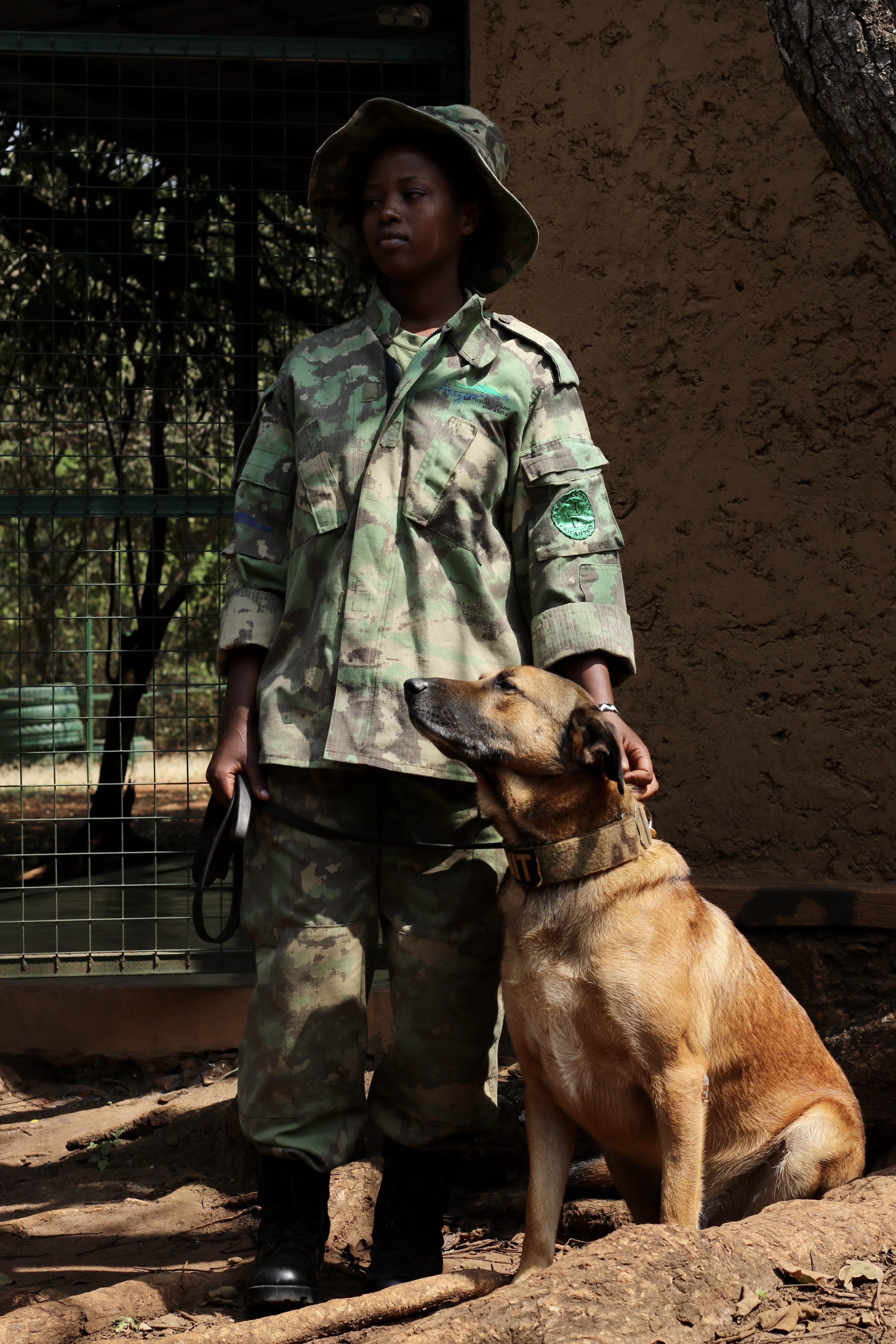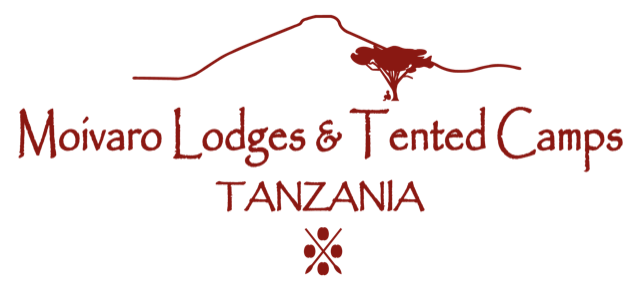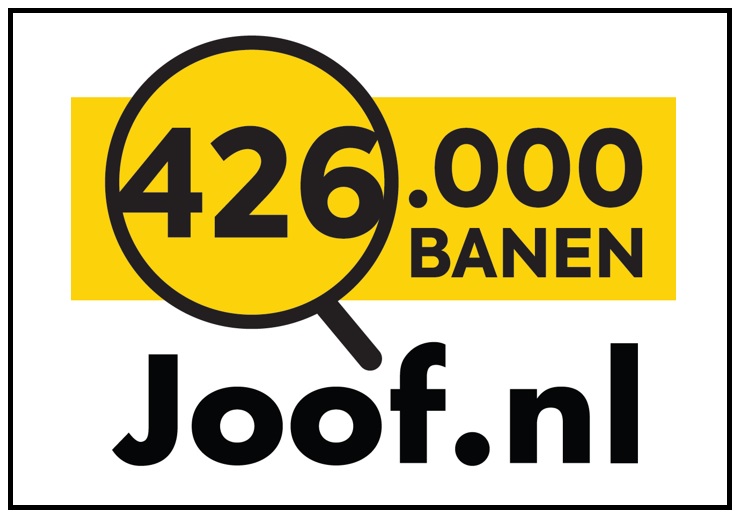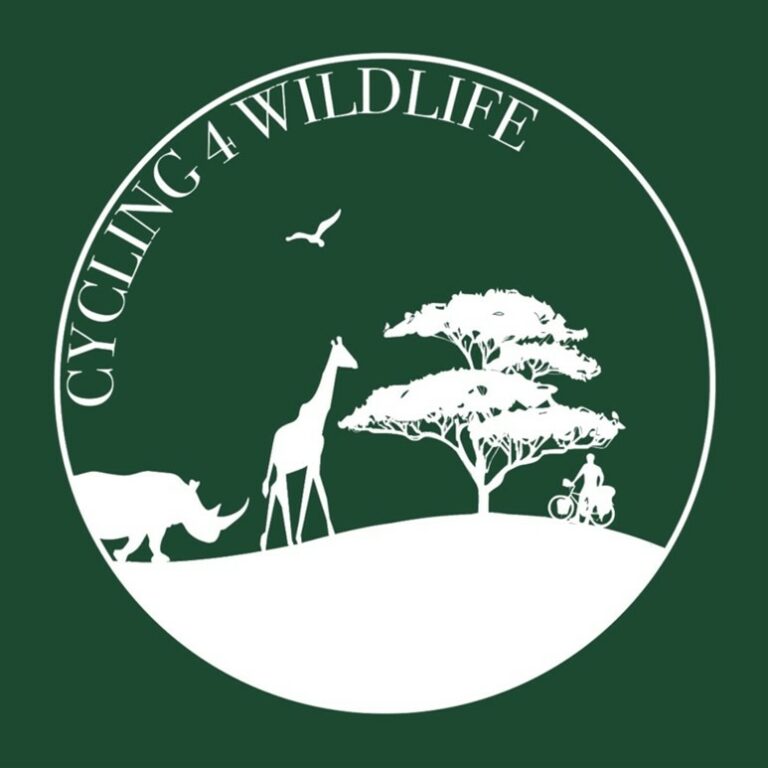We left Kigali on Thursday afternoon, way later than we intended to. Assembling our bicycles and getting ourselves ready took way longer than expected (one of Thomas’s brake discs was damaged, which we had to get fixed, and about 80 kgs worth of baggage and equipment had to be distributed more or less equally among our four bicycles). When we finally hit the road, it was already long past midday, making the first stretch even harder than it already was. We were shocked by the immense weight of our bicycles (30-35 kilograms), and since Kigali is a city built on hills, our first challenge was to push all this weight up Kigali’s highest peak in the blistering heat of the afternoon. Once we finally hit the summit, we all hoped that this was to be the hardest climb of the entire journey – it wasn’t.
As we got further away from the city centre, we found out that Rwanda is a country truly obsessed with cycling. Here, bicycles are personal vehicles, lorries and public transport all in one: do you need to get 30 kgs of bananas to the next village? Pack it on a bicycle. Do you need a taxi to visit your grandmother? Hop on the back of a bicycle taxi! As we were struggling to get our state-of-the art bikes up Rwanda’s many hills, the local cyclists, on their heavily loaded, one-gear steel bicycles, humiliated us by passing us on all sides, seemingly without breaking a sweat.
It is perhaps due to this bicycle mania that we were cheered on by everyone we passed along the road. Whenever we cycled through a village, men and women came out of their houses to wave at us, and the children would run with us for as long as they could keep up, yelling “Mzungu! Mzungu!” with great excitement, as if they had never seen a white person before. To be fair, we didn’t see a single other white person during the two days of cycling between Kigali and Akagera, so I guess we were indeed quite a rare sight. Rare sight or not, people were incredibly friendly and willing to help us with whatever we may have needed. I’m not sure if Rwandans are very familiar with Greek mythology, but they certainly understand the concept of Xenia.
All this excitement and friendliness also made us wonder: people appeared so kind and relaxed that it seemed unfathomable that many of them also witnessed – or even participated in – what was one of the most horrific events of the 20th century. Memories of the genocide must be a burden still carried by many, but when cycling through the clean and well-organised Rwanda of today, this pitch-black chapter of the country’s history feels very far away. In today’s Rwanda things are looking up: new buildings are constructed, roads are paved, and business is booming. Nothing shows this more than the fancy coffeeshops that can be found far into the countryside. Indeed, we were pleasantly surprised when, after ordering “four coffees” in a small village one hundred kilometres outside of Kigali, we were asked whether we wanted a latte, cappuccino or espresso. This luxury, we knew, wouldn’t last long.
After two challenging but fun days of cycling, we reached the southern gate of Akagera National Park on Friday afternoon. Here, we were welcomed by Felix, a ranger from the nearby town of Kayonza, who seemed amused by the sight of four sweaty Europeans arriving on bicycles. While we were waiting with him for our pickup by Chloe, Akagera’s Funding & Reporting Manager, and Emma, a researcher in the park, two waterbucks and a herd of buffalo immediately gave us a glimpse of what Akagera has in store. Perhaps even more impressive was the abundant birdlife we got to see as we entered the park. The contrast with the intensively farmed countryside outside of it could not have been starker: it was almost as if the fence extended high into the sky and formed some kind of massive bird cage. If anything, it showed the importance of preserving the last bits of wilderness we have left.
But Akagera has not always been so teeming with wildlife. In many ways, the story of Akagera is the story of Rwanda: it is a story of death and destruction, but also one of hope and recovery. During and shortly after the genocide, the park became home to thousands of returning refugees and the cattle they brought with them. With man and livestock moving into the park, pressure on its wild animals mounted to immense levels: elephants were shot for their ivory, rhinos were killed for their horns, and everything that could be eaten was caught for bushmeat. If a lion would kill a cow, the herders would chase the lions away and poison the carcass, killing the whole pride after it came back to feed. This activity did not just lead to the killing of every single one of Akagera’s lions, but also to the decimation of other scavengers such as jackals and vultures. Through this process, vital links in the food chain were lost, resulting in a broken ecosystem.
At the turn of the century, it was clear that something had to be done. To address the fierce conflict between humans and wildlife, the Rwandan government took a rigid decision: it reduced the size of the park in from its original size of 2,500 km2 to its current 1,122. With this move, it was hoped that the part of the park that remained would be under much less pressure. Unfortunately, this was not enough. In 2007, the last black rhino was seen in Akagera, and in the same year the park’s last lion was killed. The tide had to turn for Akagera, or else everything would be lost. For this, the Rwandan government looked at African Parks, an organisation that was starting to show results managing parks elsewhere in Africa. In 2009, the mandate was signed for a Public-Private Partnership (PPP) between the Government of Rwanda and African Parks, embodied in the Akagera Management Company (AMC). A year later, the AMC took over management, and in the years since, Akagera has gone from a park virtually depleted of wildlife, to a thriving ecosystem where elephants, rhinos and lions roam safely once again. Today, poaching of high-value species like elephant and rhino is non-existent, and the few incidents of bushmeat poaching that remain are falling every year. As a result, the park has become a major tourist attraction and the largest employer in the region.
This, of course, provides numerous benefits to local communities, something that is central to African Parks’ strategy. Their idea is that in order for a park to be sustainable in the long term, it needs to be valued by the communities living in and around it. And in order for local communities to value a park, a park needs to provide benefits for them. The Akagera Management Company tries to achieve this with a strategy based on three E’s: education, engagement and enterprise. As part of the first objective, a library was built and school visits are organised. Just in the first half of this year, already more than 2,000 local school children have visited the park. During these visits, they learn not just about the importance and the beauty of nature, but also how to coexist with more difficult animals such as snakes and baboons. As Martin, one of the community workers at Akagera, explained to us, the visit really does make an impact: “when they come home, they don’t even want to stand on spiders anymore”, he told us with a big smile. This sort of engagement is also stimulated among adults. Once in a while, community leaders from nearby villages are invited to the community centre, just outside the park’s gates, where they are also taught about the value of the park, but in a way that suits their age and status. Through their influence, Martin explained, the park hopes to bring about law enforcement from within the communities themselves.
Fortunately, this is made much easier by the fact that the Akagera provides many economic opportunities for those who are looking for them. Through a revenue sharing scheme, 10% of the park’s tourism income flows to neighbouring communities. With this money, local business initiatives are supported, such mushroom and chicken farming cooperatives, as well as a union of beekeepers, which produces more than 10 tonnes of honey annually.
The latest addition to Akagera’s community enterprise is also its grandest. In 2021, the state-of-the-art Gishanda fish farm was opened just outside the park. Here, we were shown around by Mathilde, who taught us the ins and outs of fish farming. Since she’s much better at this than I am, I won’t tell you about hatchlings, YY-chromosomes and tank temperatures here, but I will leave you with Mathilde’s answer to the number one question we had: how does fish farming help Akagera National Park? There were two components to her answer: firstly, the fish farm sells fish at a discounted rate to local people, so as to ease pressure on wild fish stocks. Secondly, the park provides fingerlings (young fish roughly the size of a finger) to small, local fish farmers to help develop their businesses. In this way, the Gishanda fish farm is a major driver of socioeconomic development in the region.
Our visit to Gishanda fish farm marked the last activity of our three-day stay in Akagera. I don’t think it is possible to get a more comprehensive view of a national park – from its wildlife to its history to its behind-the-scenes operations – in such a small amount of time. For this, we have to thank Emma, Jean-Paul, Martin, Eric, Justus, Luke, Mathilde and Innocent. But most of all we have thank Chloe, who made this all possible by compiling a perfect itinerary. When we left Akagera in the early morning of the 20th, we all knew we would be back, for Akagera is a place one does not just visit once.
After saying goodbye to Felix at the gate, we hit the road again and set course for the Tanzanian border at Rusumo. We made sure to stop a few times for a nice coffee, for we knew this luxury would end as soon as we would leave Rwanda. When we got to Rusumo, we expected the worst, but the process of crossing into Tanzania was surprisingly efficient. We just had to pay $50 each and about half an hour later we were in the second country of our journey – the second of six. Apparently the lorry driver ahead of us was also quite happy to be in Tanzania, for he immediately threw all his plastic rubbish out the window. Looking back, it was the first sign that “Africa Light”, as Chloe called Rwanda, lay behind us. Now we were in the Real Africa, and we still had to cycle 4,800 kilometres of it.


















